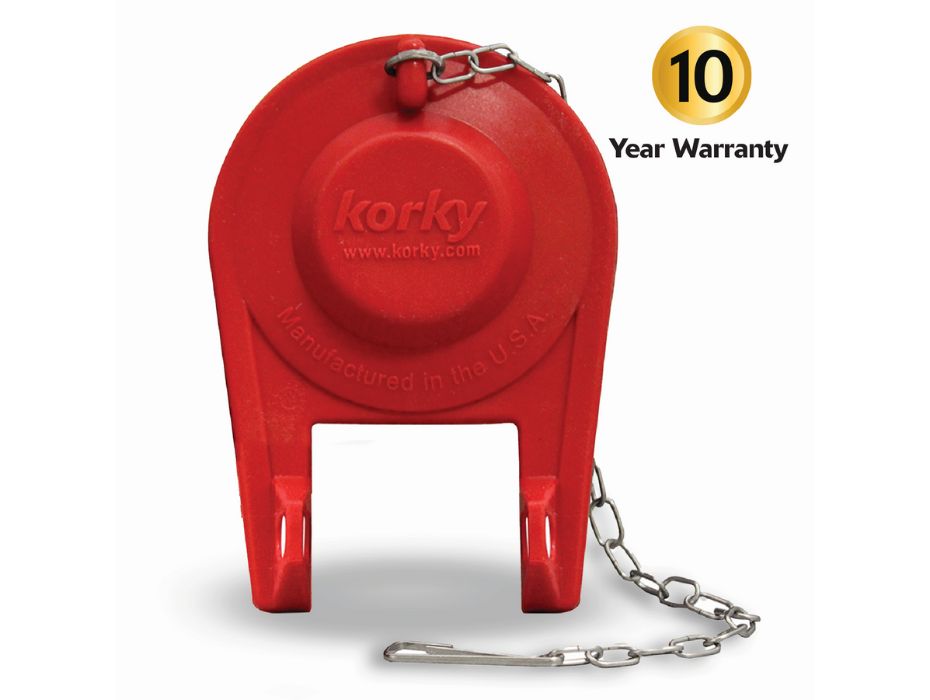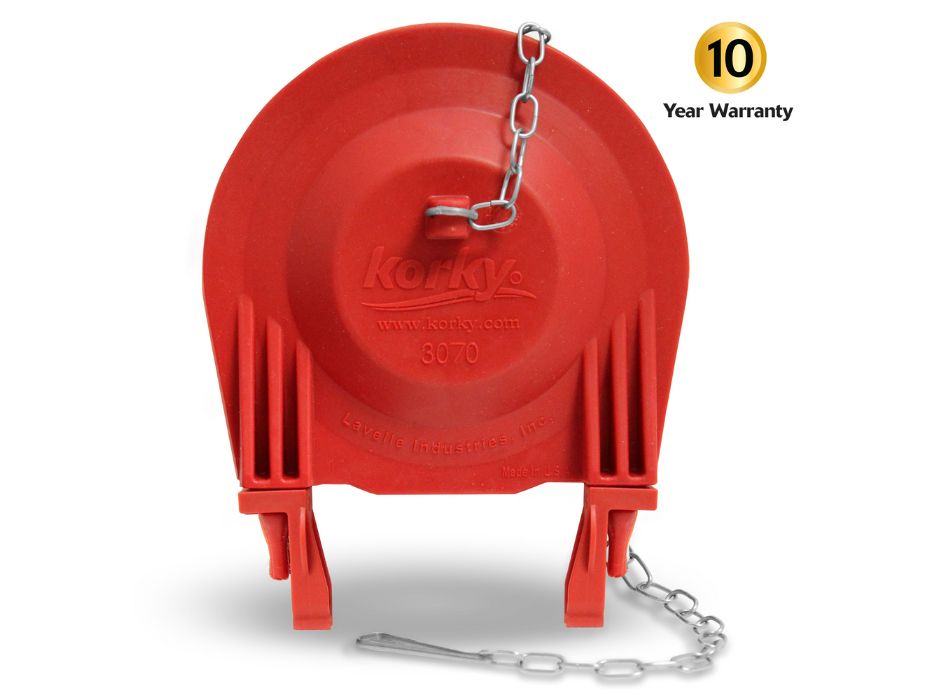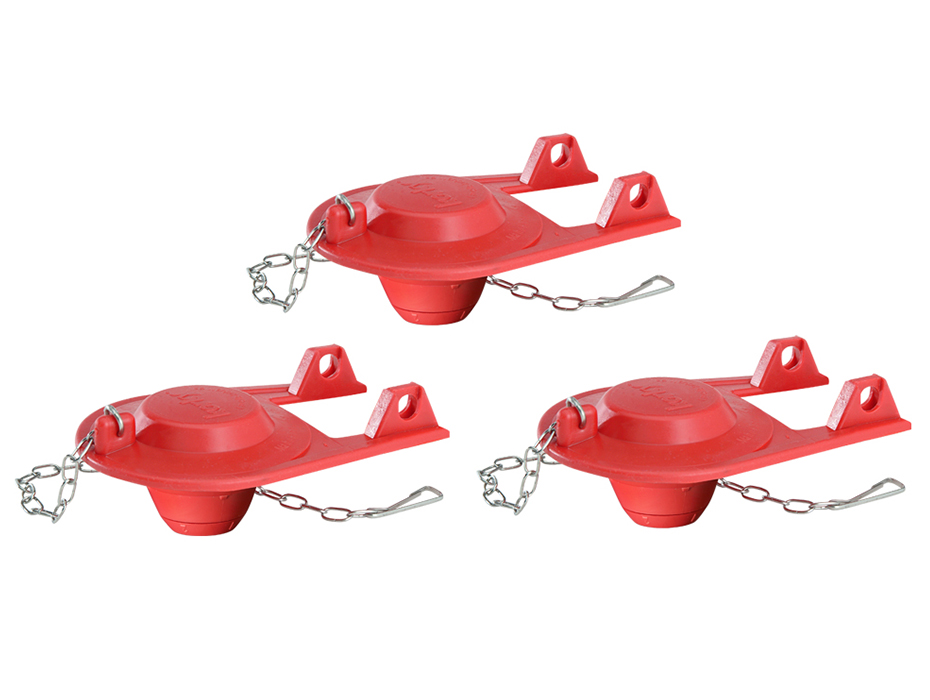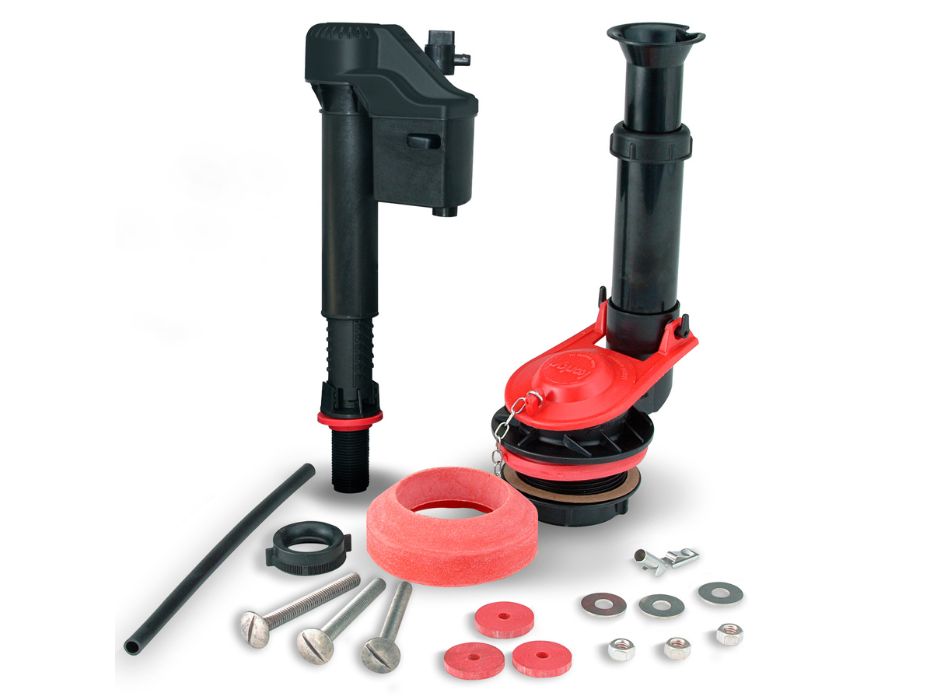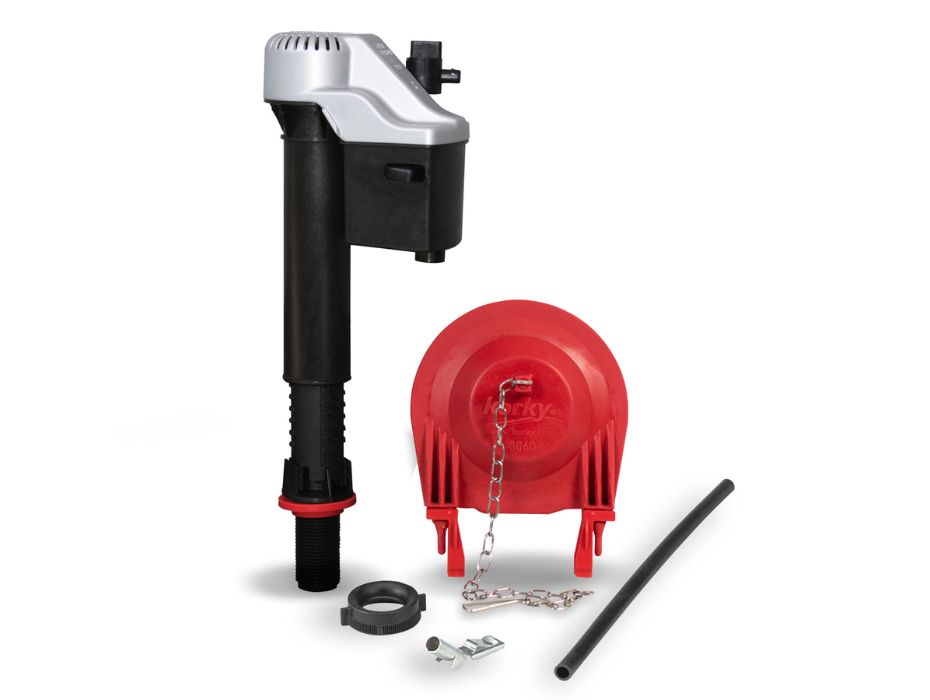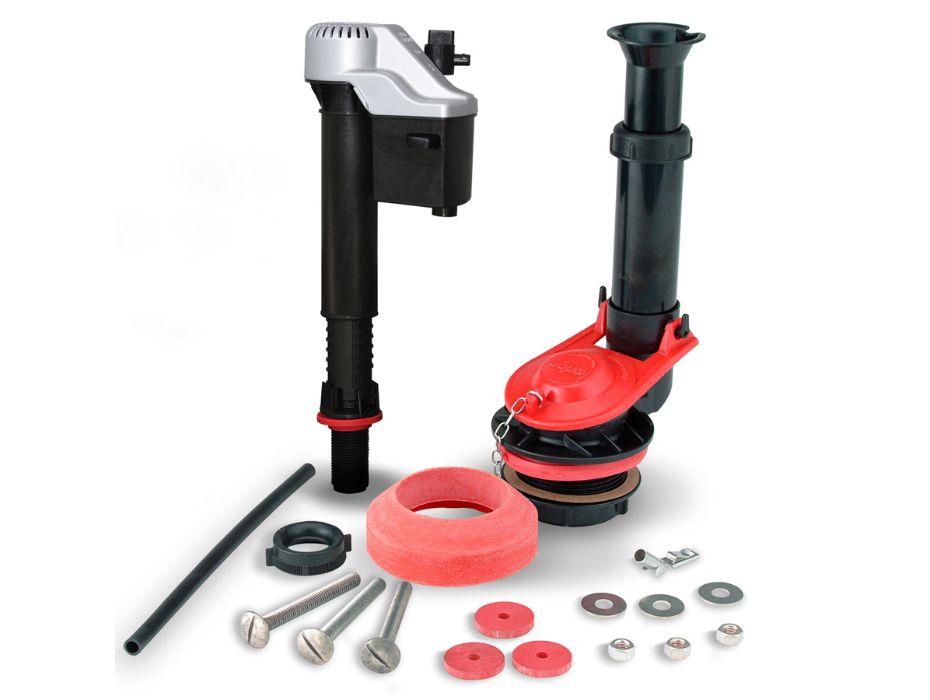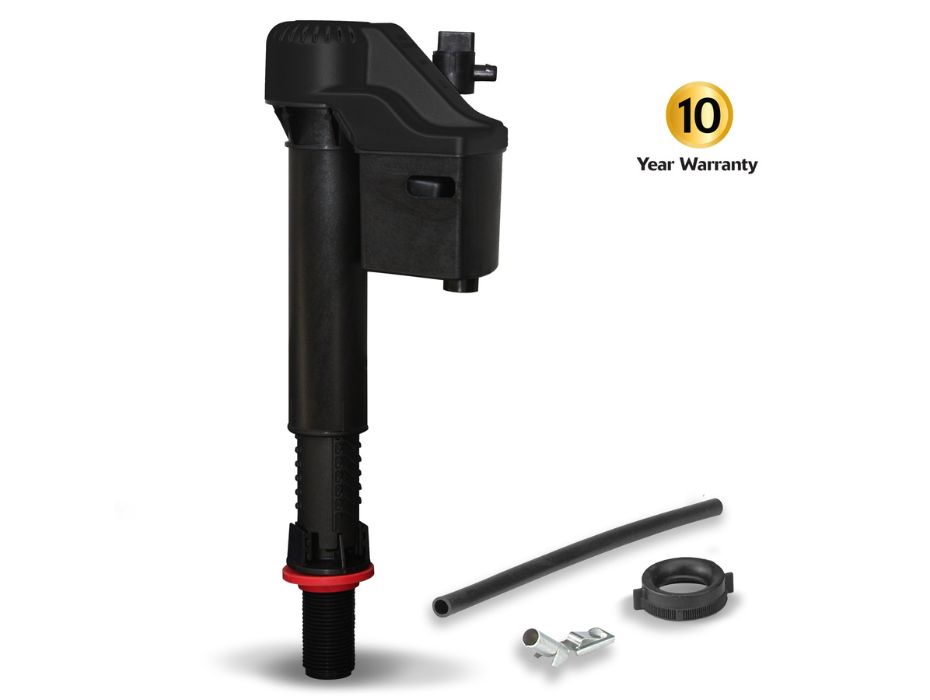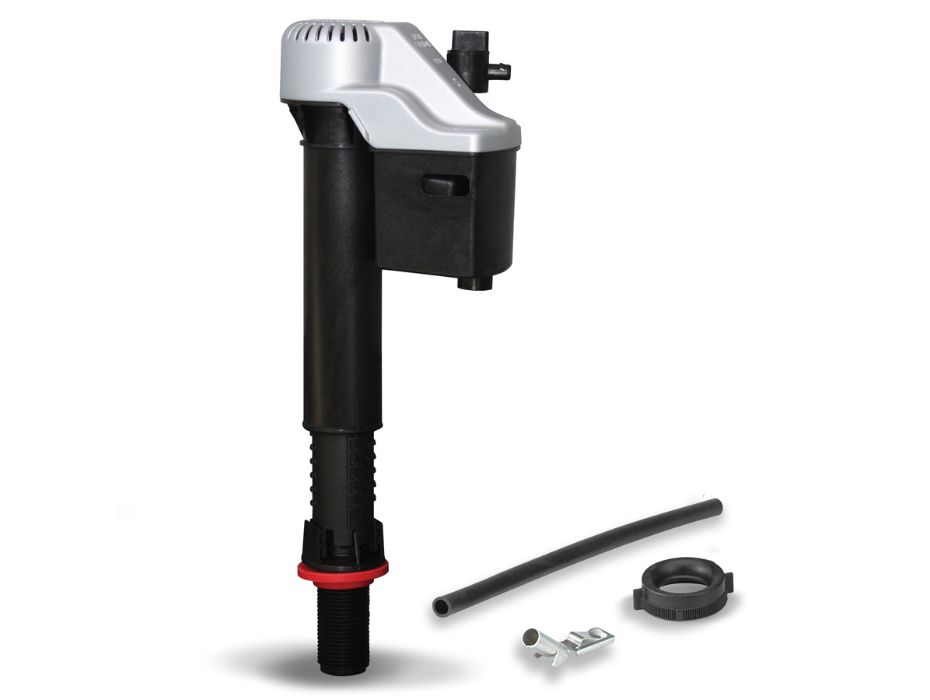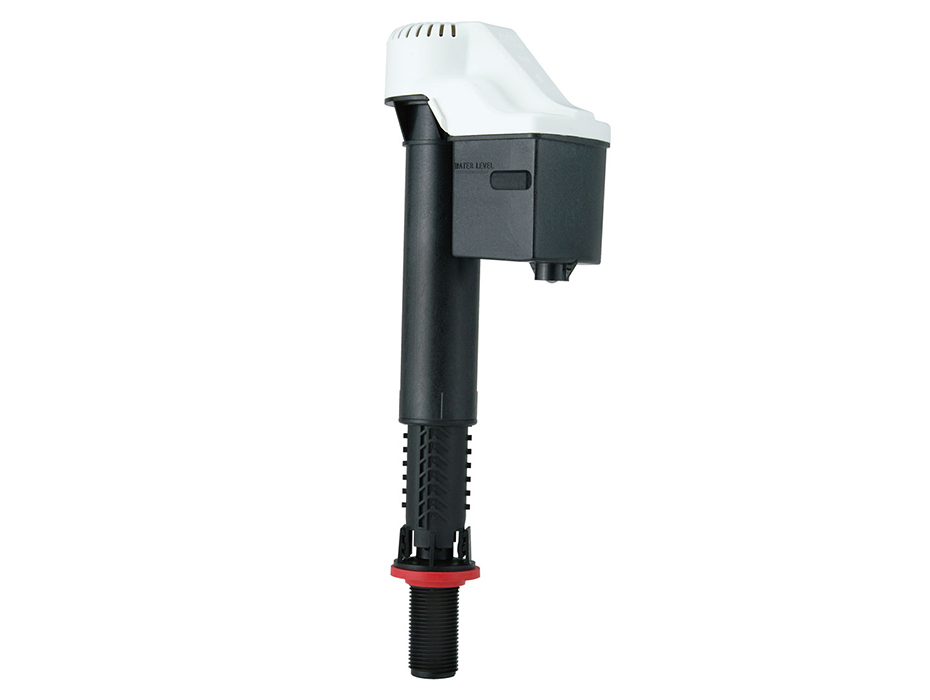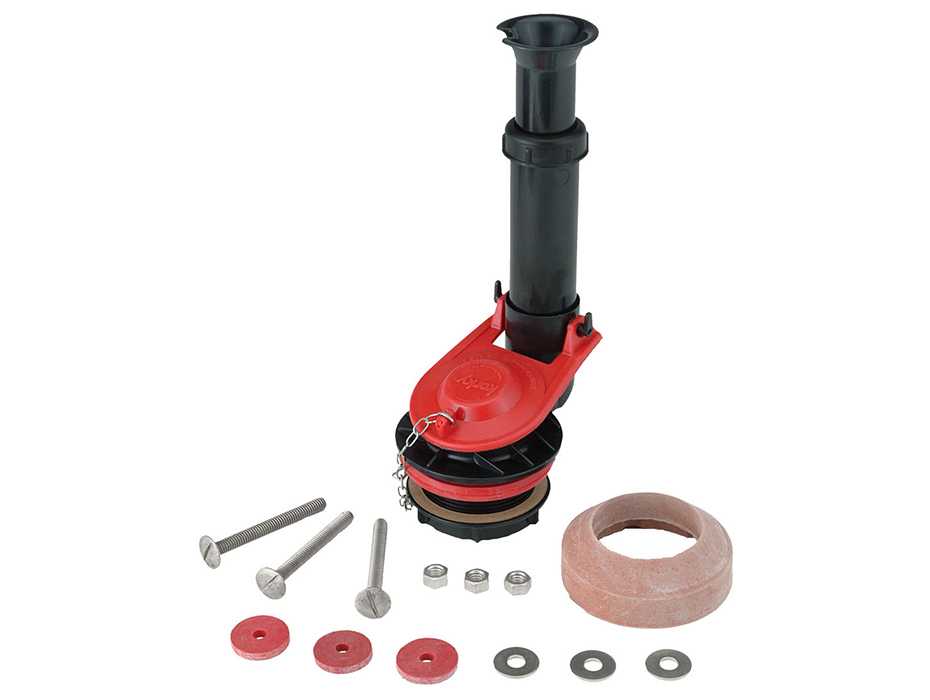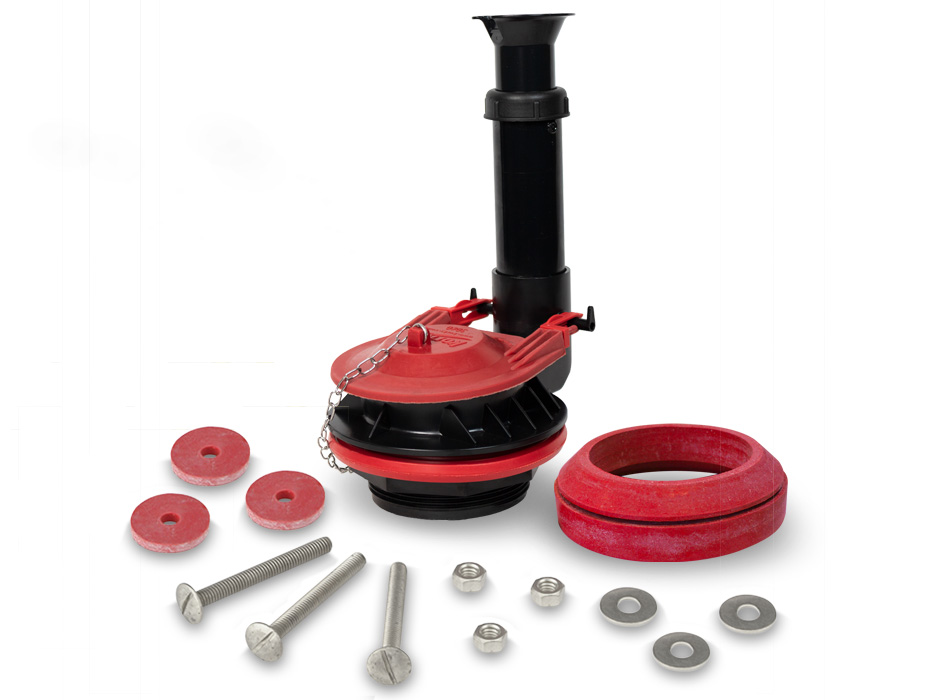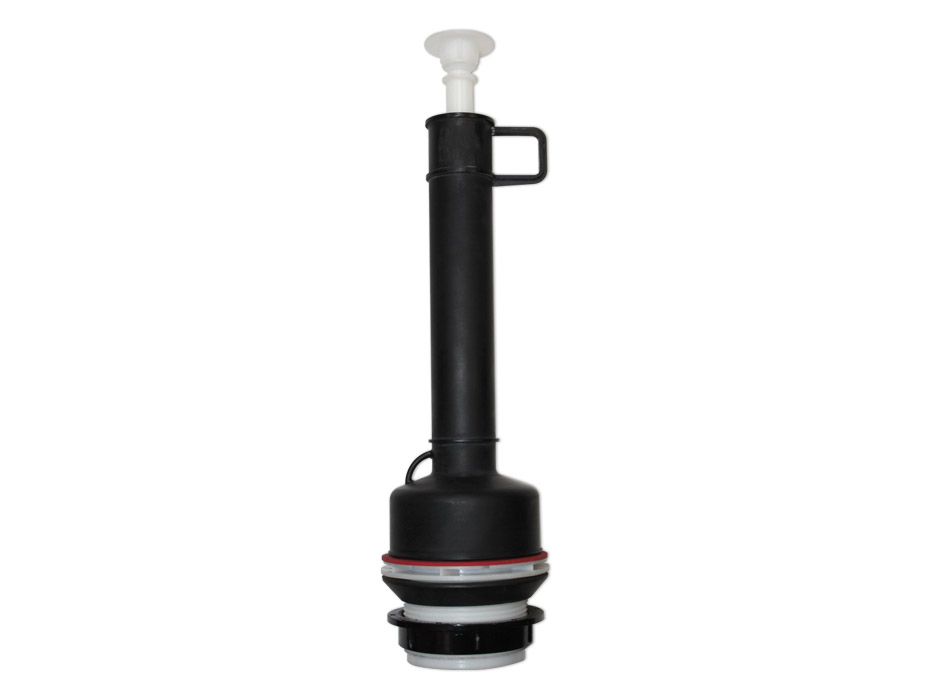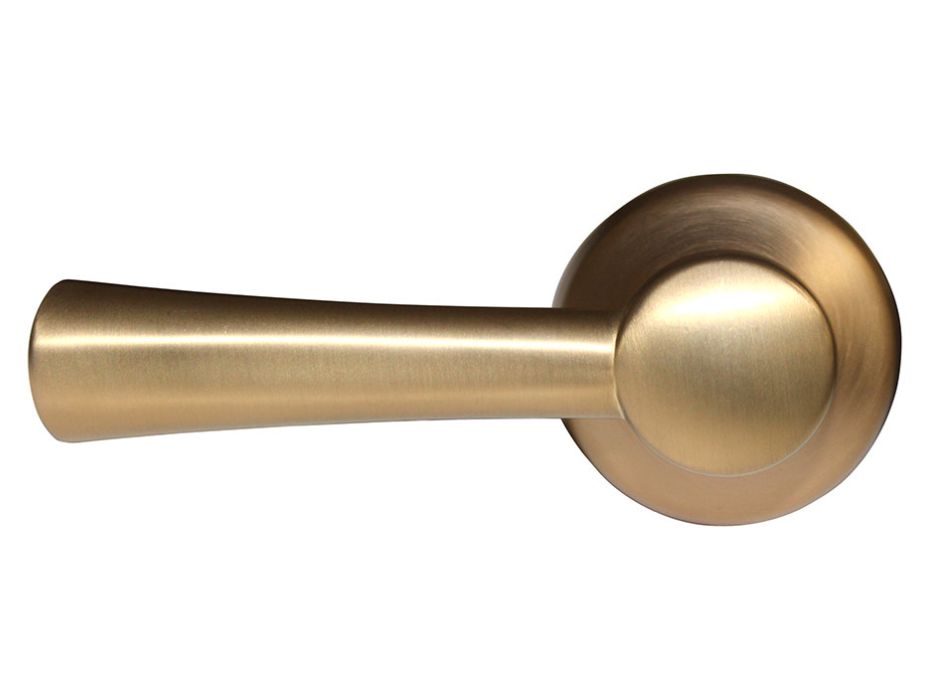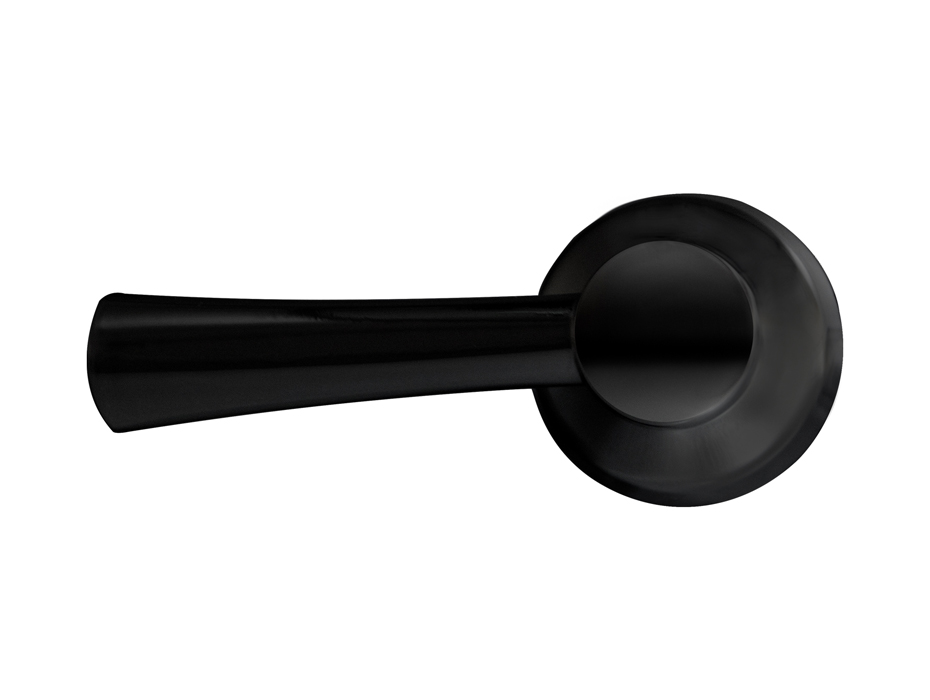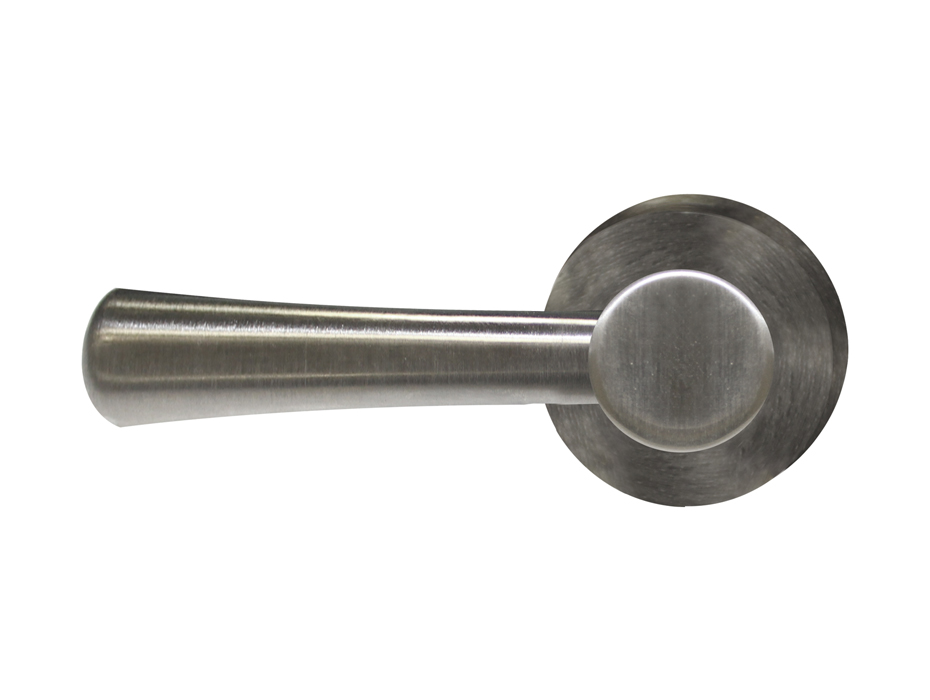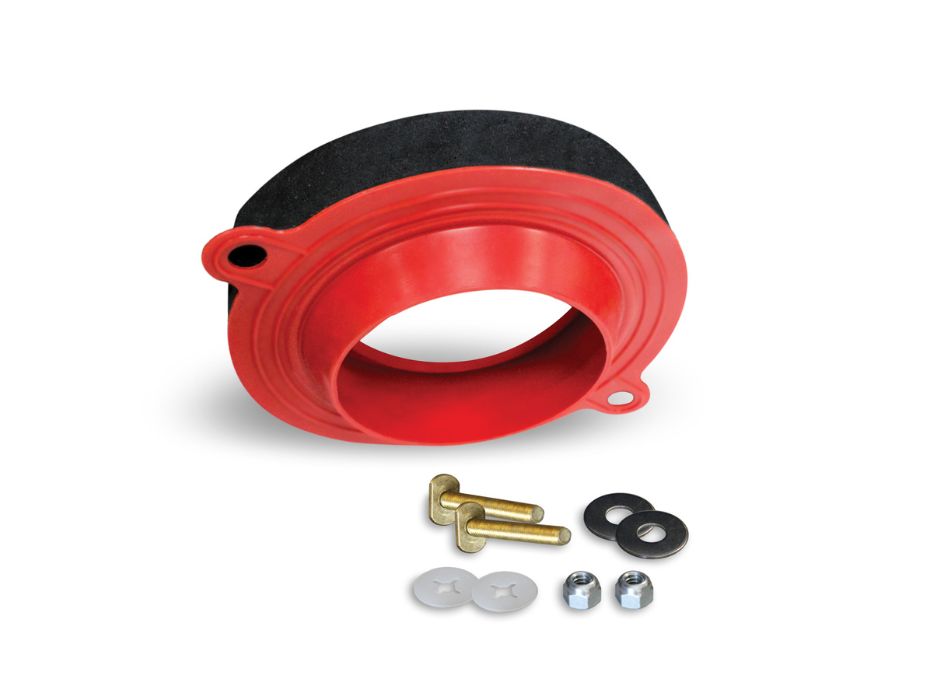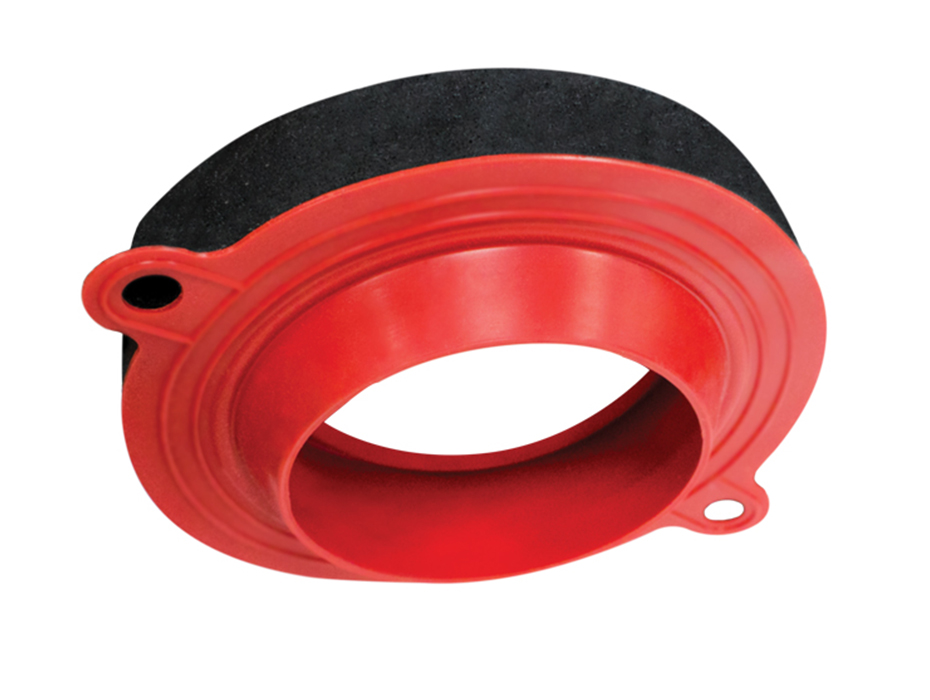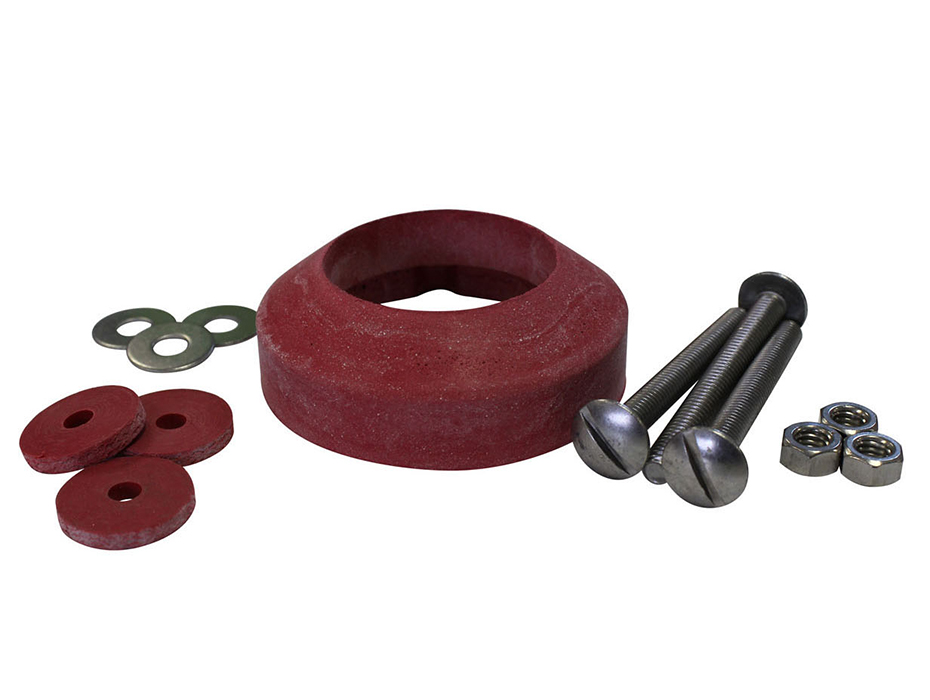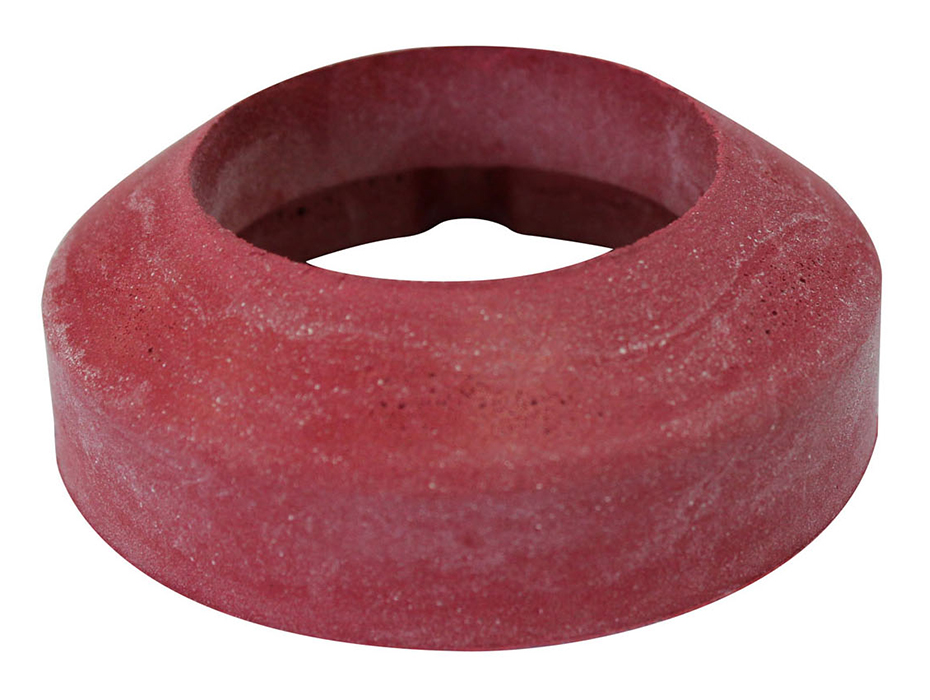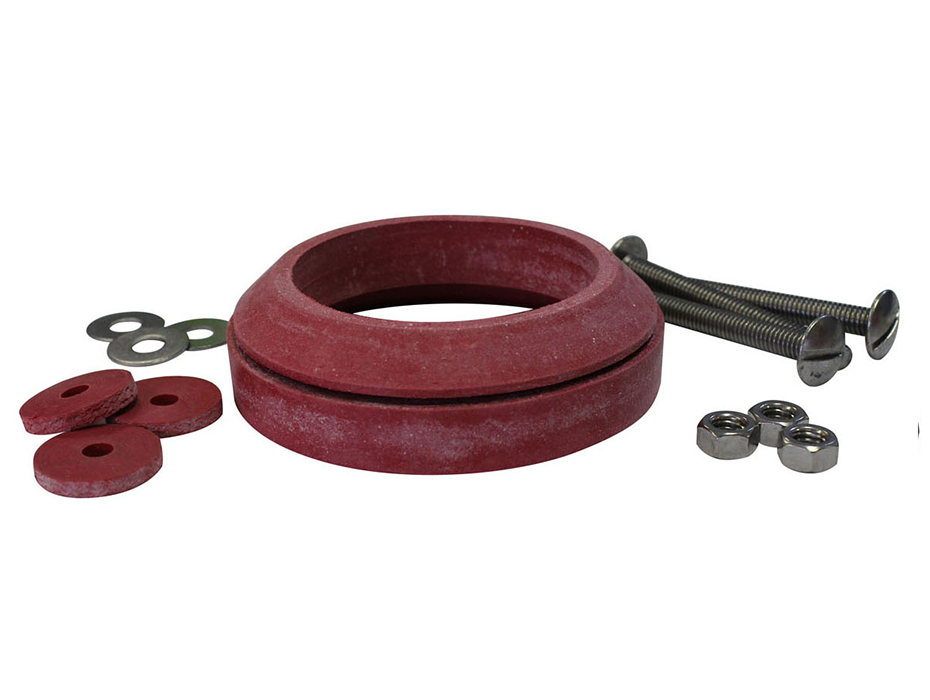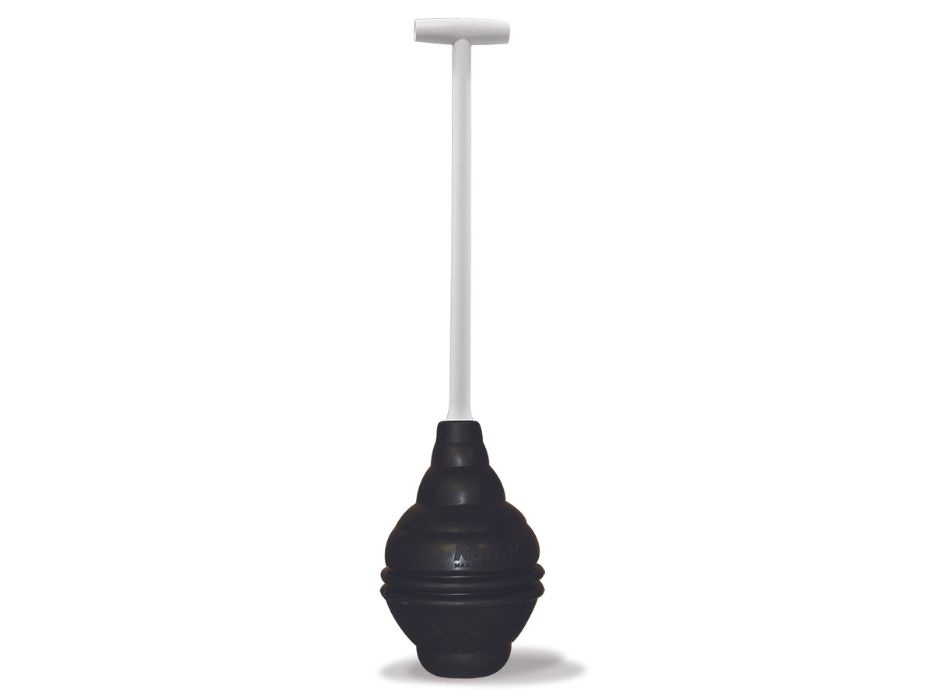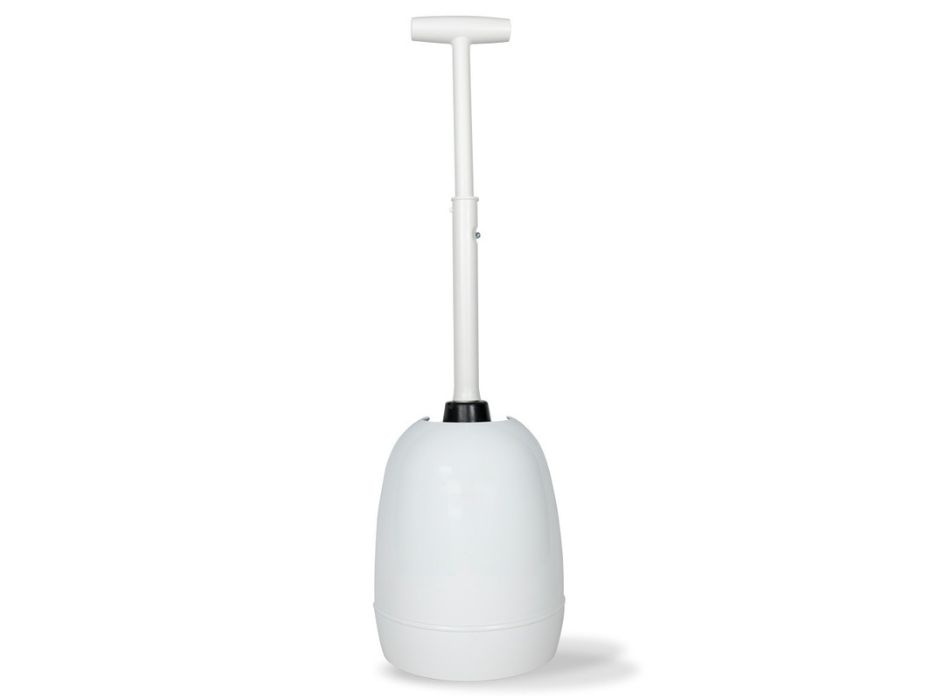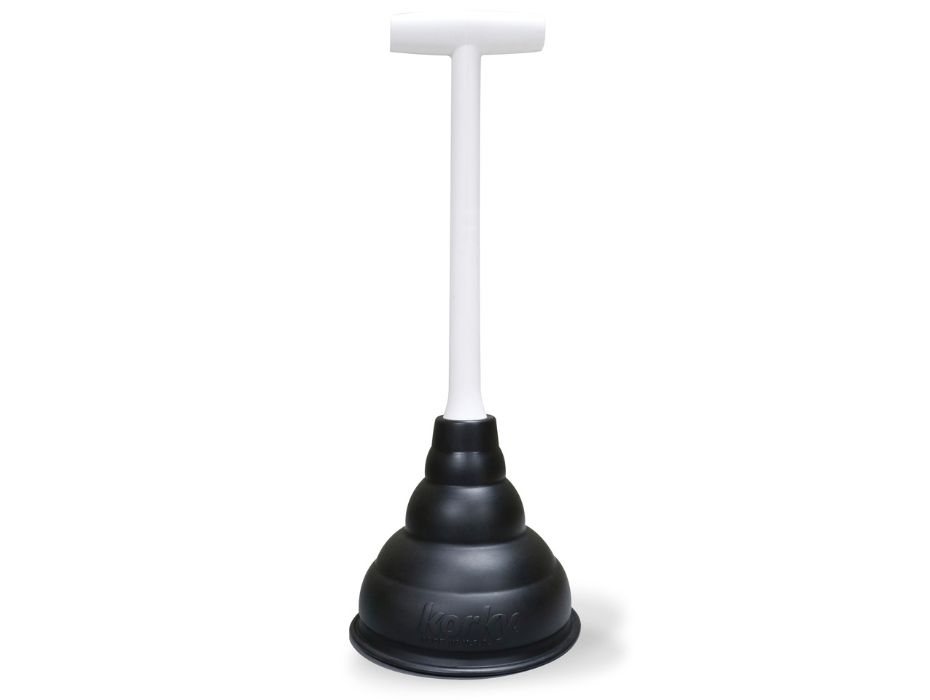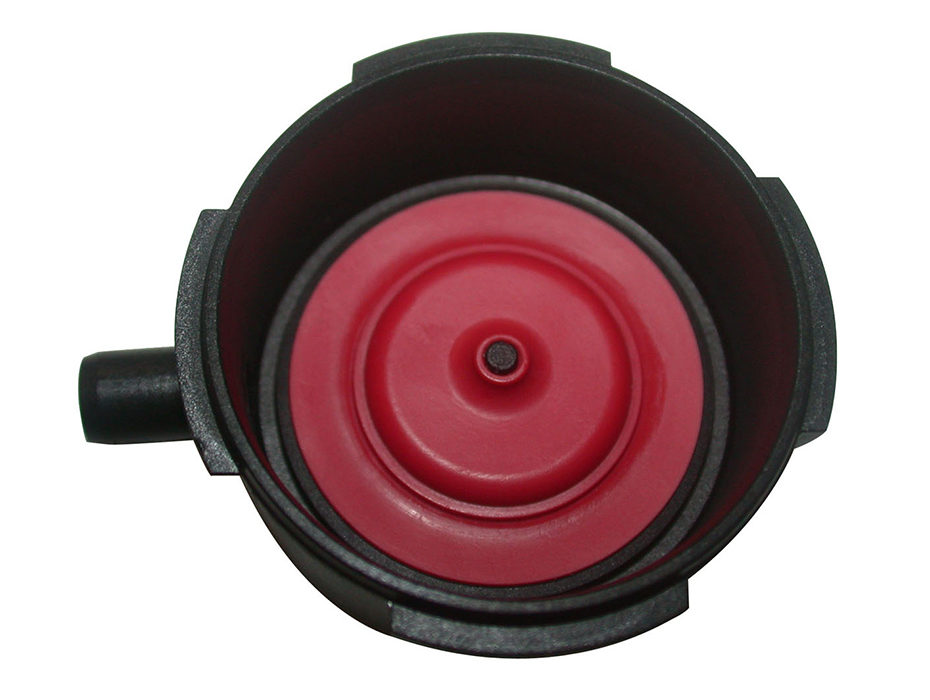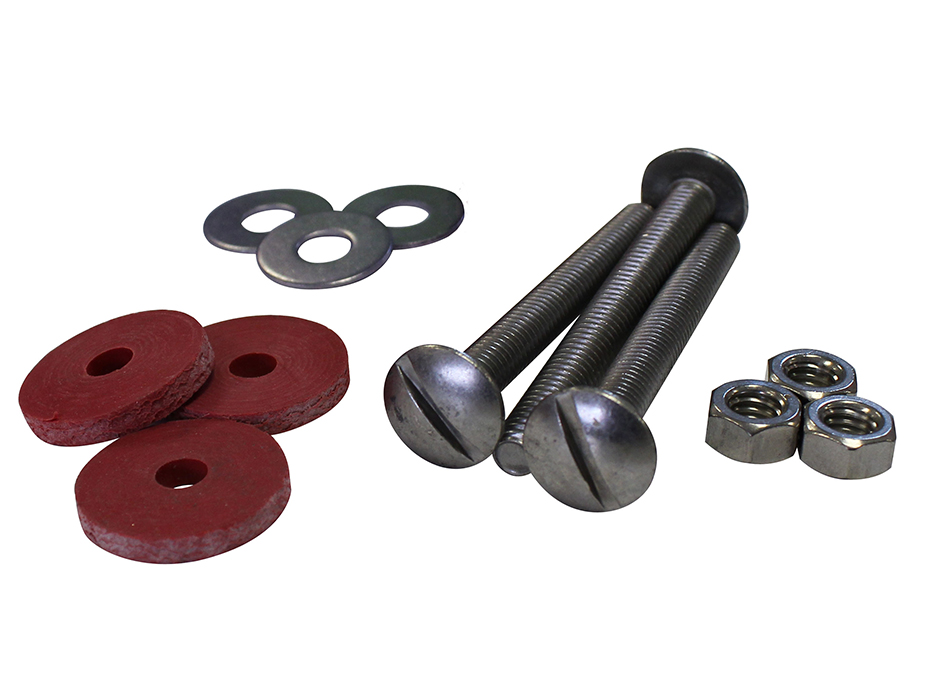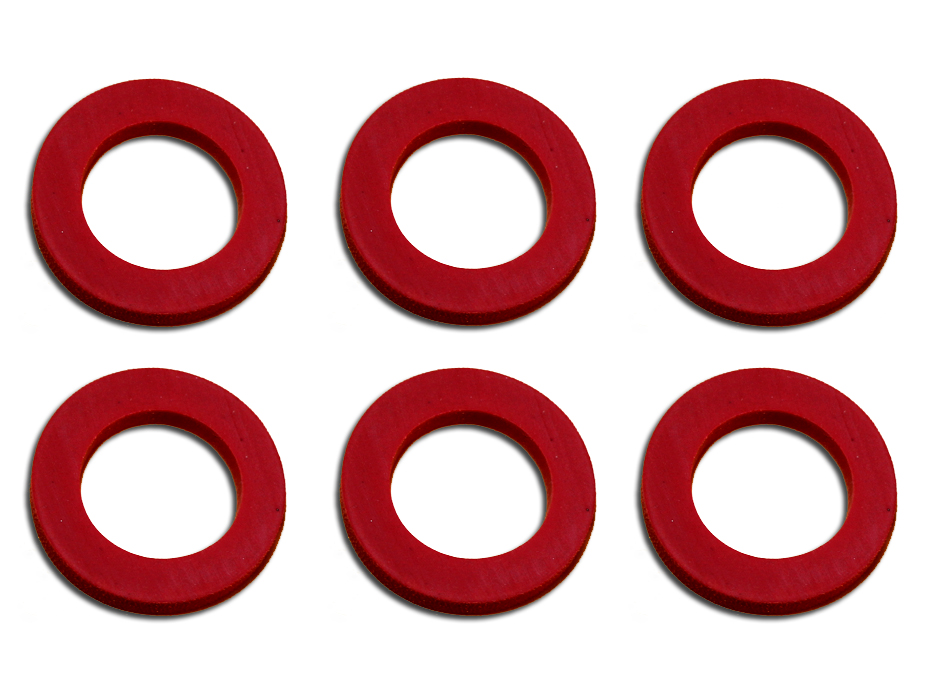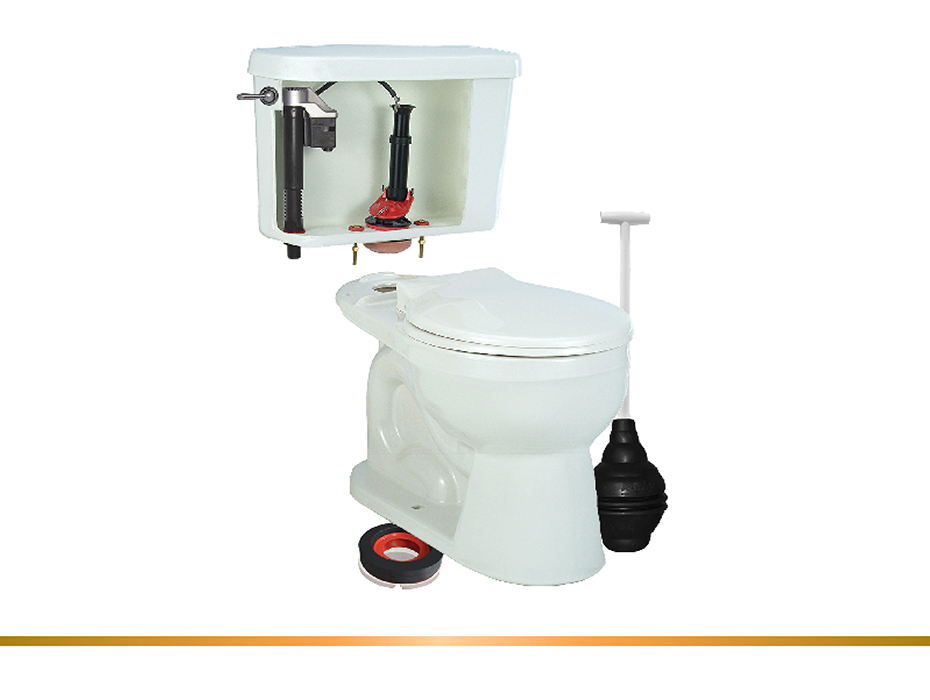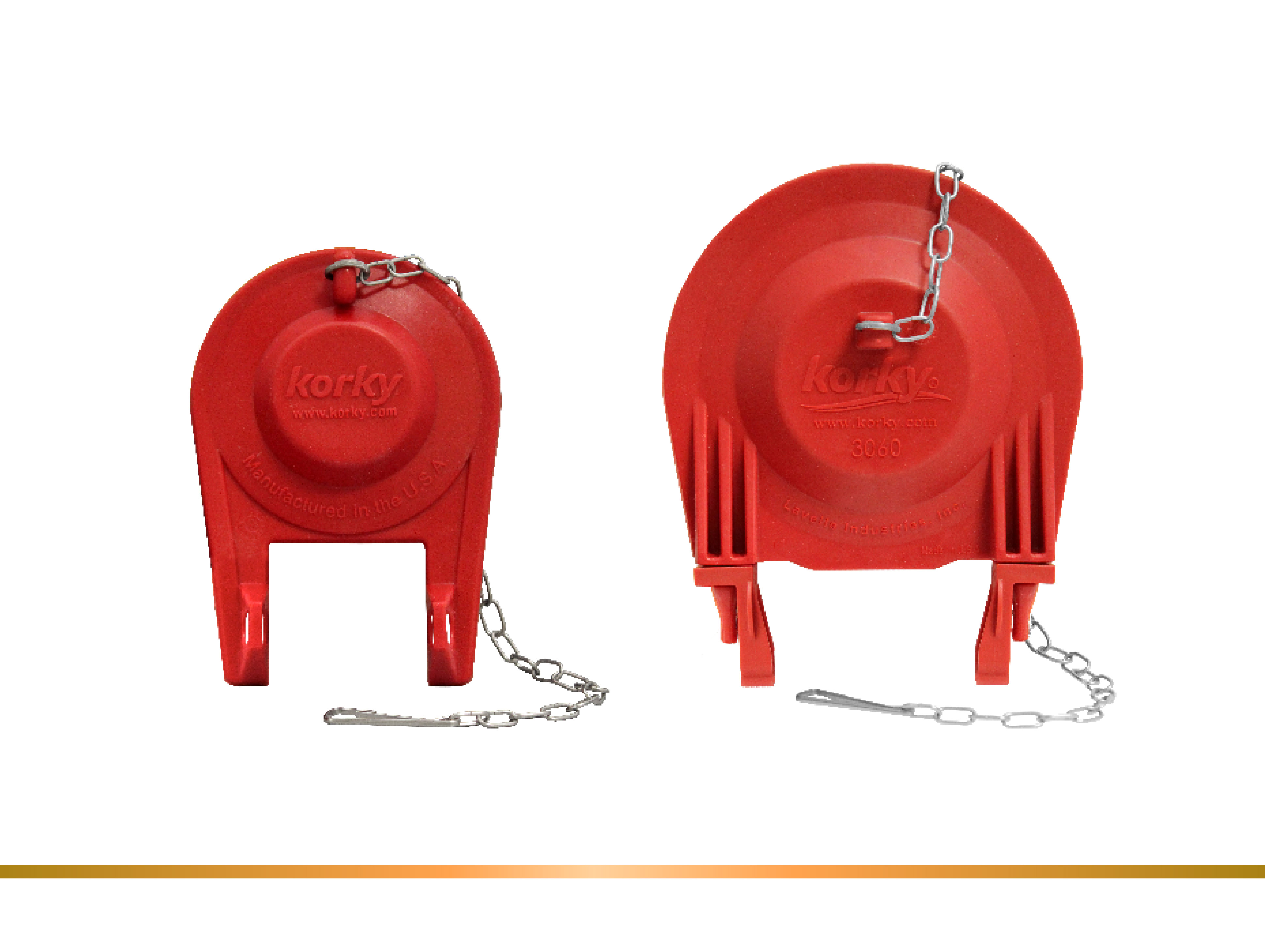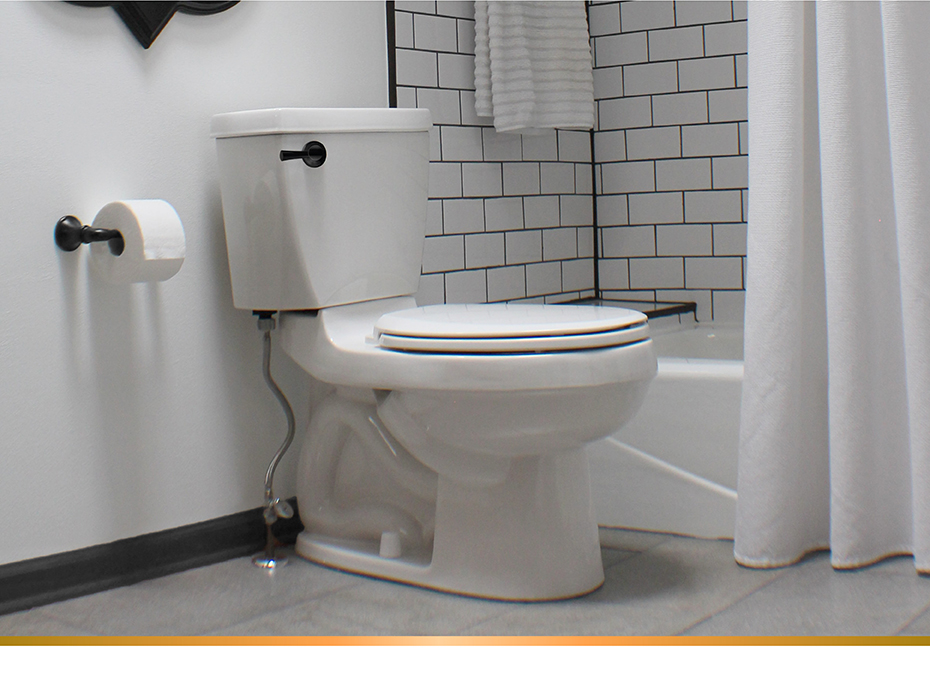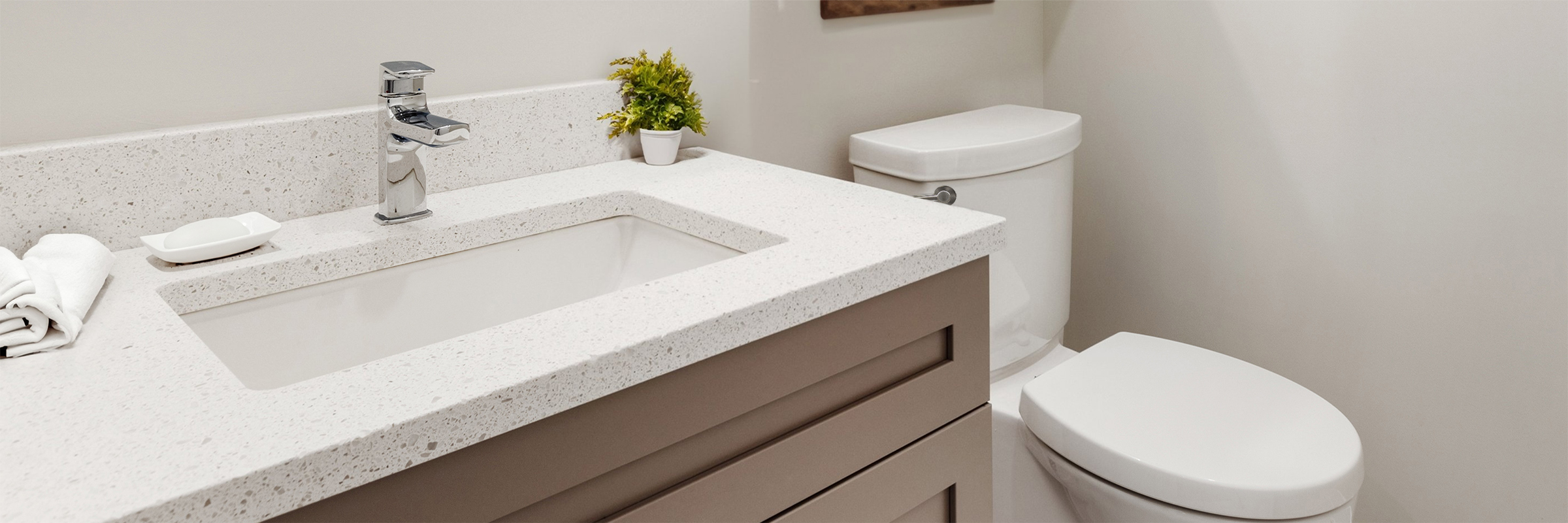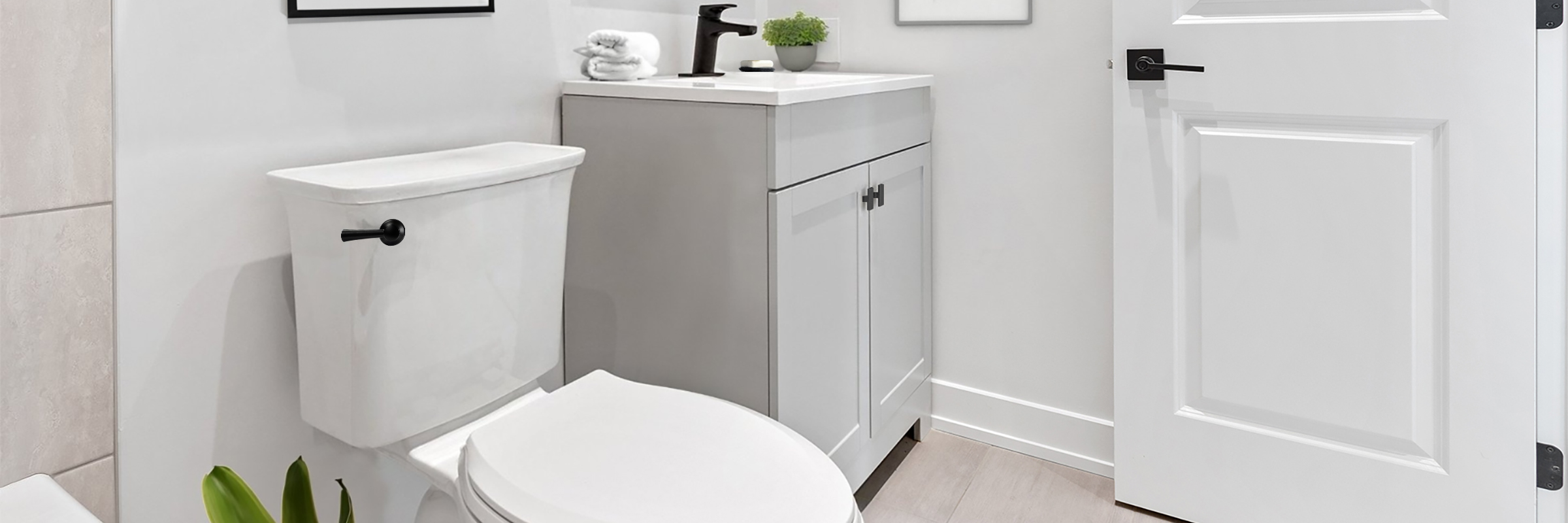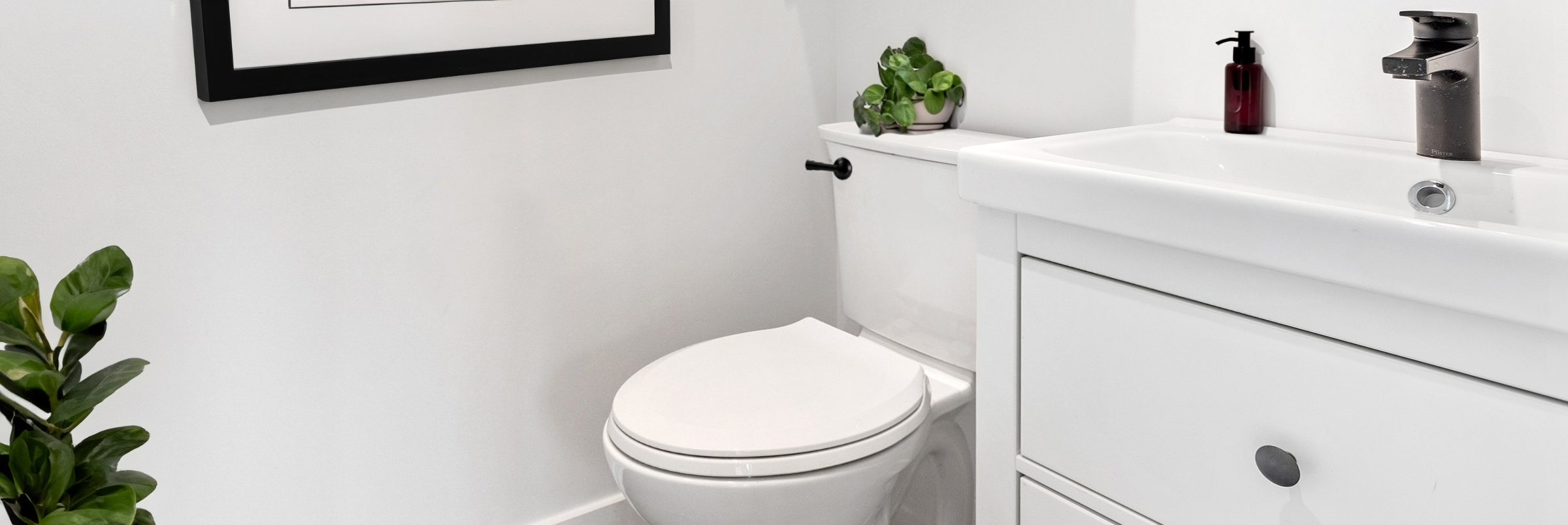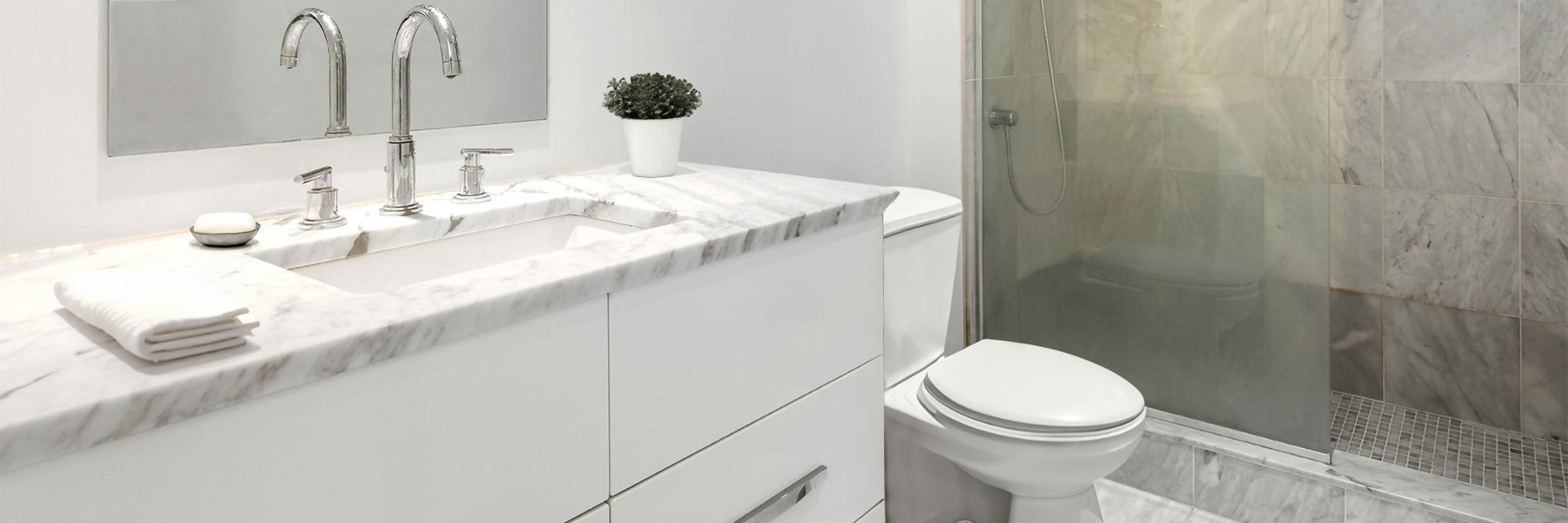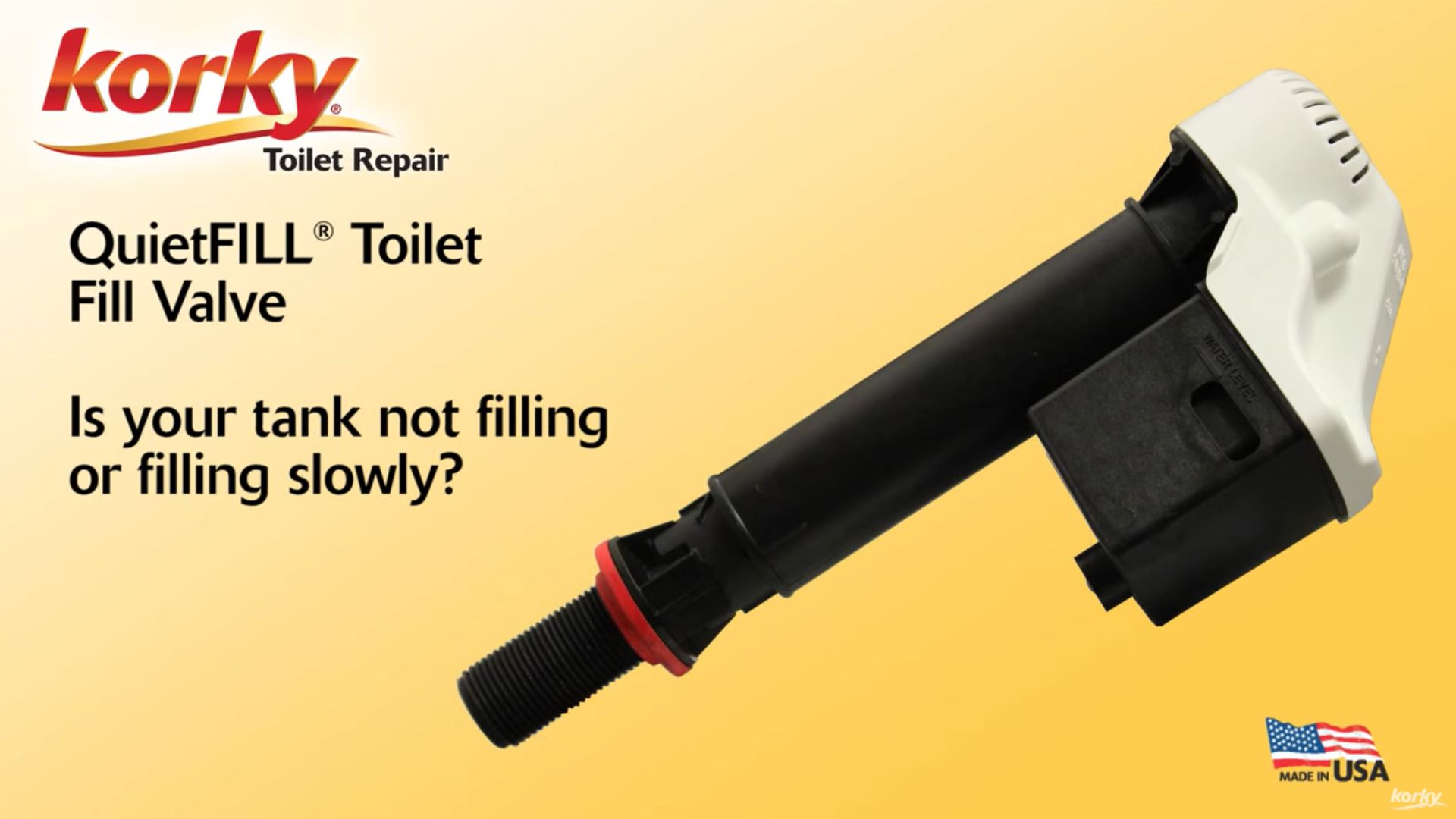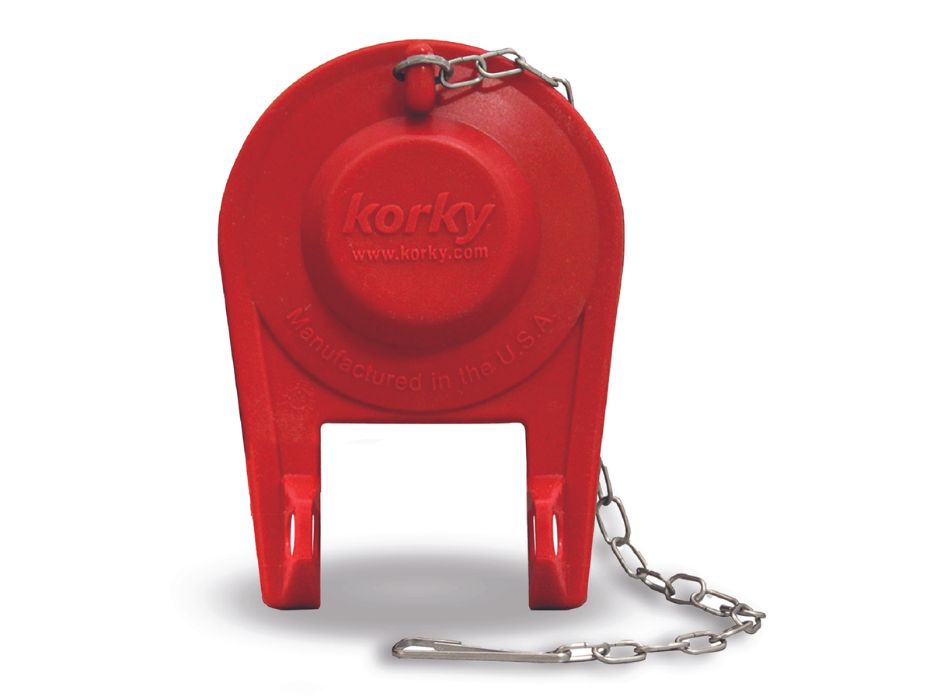How to Fix a Slow Flushing Toilet
Are you frustrated because you have a slow-flushing toilet? Having to hold down your flush handle to get a powerful flush is a hassle. Having to jiggle the handle to get your toilet flapper to seal properly is even worse!
This is an easy fix. Most of the time, you need to adjust or replace your toilet flapper. Other times, your fill valve isn't working, or your toilet's rim jets might have partial clogs. Let's start fixing your toilet's weak flush.
Test Your Flapper
The flapper is an essential component of your toilet that controls the water flow from the tank to the bowl. If it is not working correctly, you might need to jiggle the handle to flush.
Check the Flapper Chain
The easiest fix for a toilet that doesn't flush, is to check the flapper chain. Chain length and obstructions are often the most common reasons for a slow-flushing toilet.
If the flapper chain length is too loose, the flapper will not lift off the flush valve opening, causing a weak flush. If the flapper chain is too tight, the flapper will not seal, causing your toilet to run. We recommend leaving only 1-2 chain links in slack.
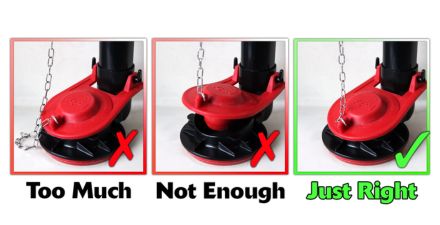
Check Your Flapper
Two sizes for flappers are available: standard 2-inch and large 3-inch. If you have the incorrect flapper for your toilet model, it could lead to incomplete flushing. Try reading our guide about finding the right-sized flapper for more guidance.
Some flappers are adjustable, and this can cause a slow flushing toilet. Korky flappers have a band or dial that determines how fast the flapper either sinks or floats. For help troubleshooting how to fix this, go to the last step in our guide about how to replace a toilet flapper.
Test Your Fill Valve
If your flapper is working correctly, the second thing to check is your fill valve. The fill valve connects to your water supply and refills the tank and bowl with water after a flush. If it is not working correctly, you might not have enough toilet water for a proper flush.
Check the Fill Valve's Height
The height of your Korky fill valve will determine the water level in the tank, which is how you adjust the float. If you set the fill valve too low, you will not have enough water in the tank, which will cause a weak flush. If you set your fill valve too high, water will overflow through the overflow tube.
Move the fill valve down to the marked waterline or half an inch below the top of the flush valve overflow tube. Once you readjust the fill valve, turn the body of the fill valve clockwise to lock it back into place.
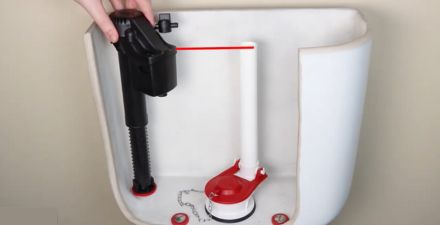
Service or Replace the Fill Valve
If you have a Korky fill valve, you can take the fill valve apart and service it. We recommend doing this occasionally, as the fill valve can become clogged with mineral deposits over time.
If your fill valve is around 5 years old, we recommend replacing it with a new Korky model.
Check for Clogged Rim Jets
If your flapper and fill valve are working, you might have clogs in your toilet's rim jets. The rim jets, sometimes called jet holes, are responsible for water filling the bowl. The can become clogged with mineral deposits over time.
If your toilet does not flush evenly or the flush is vertical instead of circular, it indicates that your rim jets are clogged.
To easily unclog your toilet's rim jets, we recommend using in-bowl cleaner and a brush. If the rim jets are still clogged, you might have to gently clean each outlet with a wire. Porcelain can easily chip, so be careful! You should also wear gloves and eye protection to protect from splashing.

